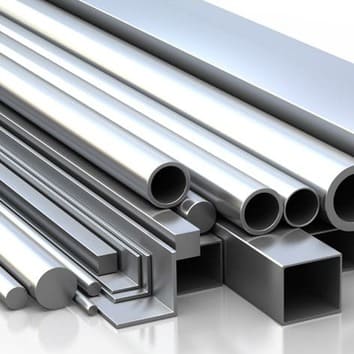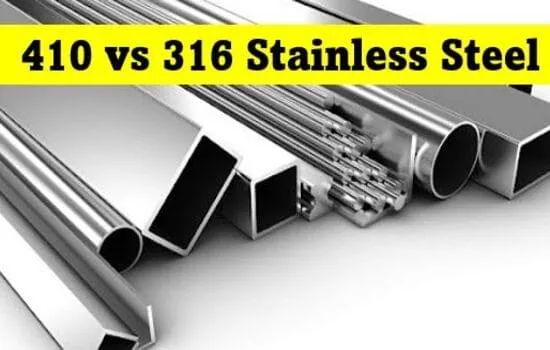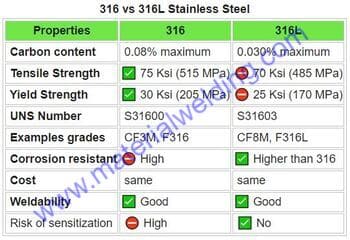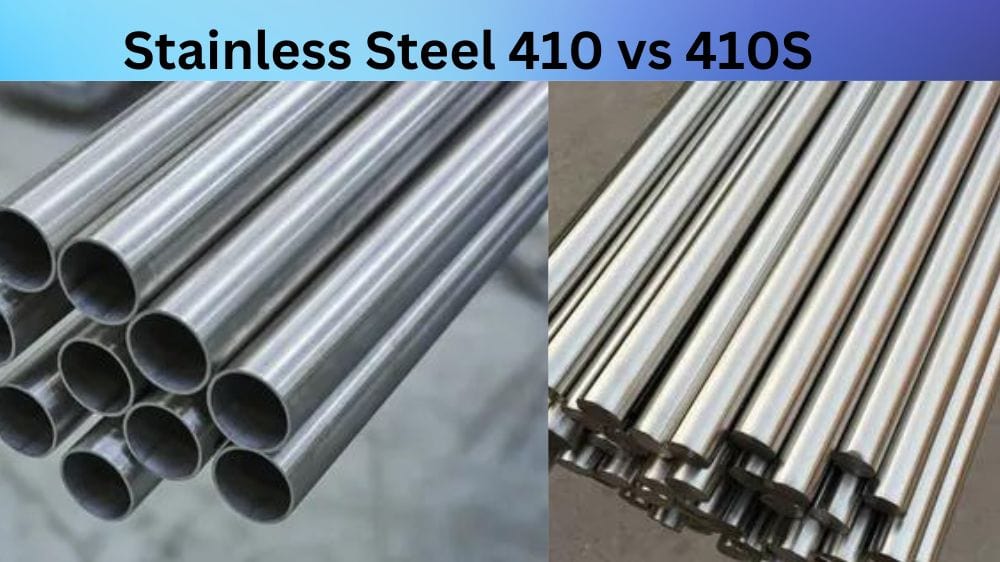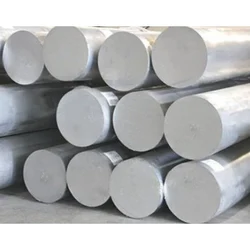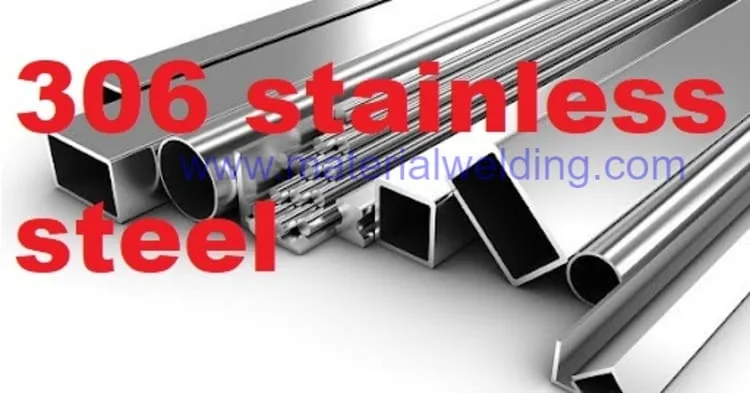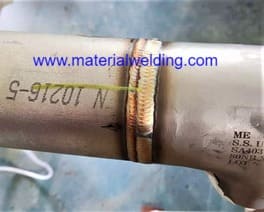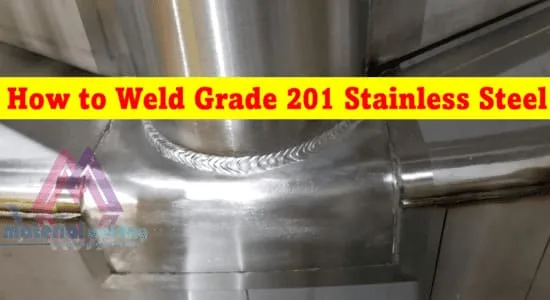eld Grade XM-19 Stainless Steel
The austenitic stainless steel known as XM19 (UNS S20910) offers a unique combination of strength and resistance to corrosion, surpassing the capabilities of Stainless Steels 316, 316/316L, 317, and 317/317L. Remarkably, at room temperature, XM-19’s yield strength is double that of Stainless Steels 316/316L and 317/317L. This material also demonstrates impressive mechanical properties at both high and sub-zero temperatures.
What distinguishes XM-19 from other stainless steel grades is its resistance to becoming magnetic under severe cold working and its exceptional resilience against corrosion in severe settings, like in marine environments.
Characteristics of XM-19 Stainless Steel
XM-19 stainless steel is a free-machining, austenitic stainless steel alloy with the following characteristics:
- XM-19 Stainless Steel, also known as Nitronic 50 stainless steel, is an austenitic stainless steel with a blend of strength and corrosion resistance that is higher than stainless steel types 316, 316L, 317, and 317L. Below are the key characteristics of XM-19 stainless steel:
- High strength and toughness: XM-19 stainless steel has almost twice the yield strength of 304 and 316 stainless steel.
- Outstanding corrosion resistance: It exhibits superior corrosion resistance in many aggressive media. It surpasses the performance of stainless steels such as 316 and 317.
- Resistance to chloride pitting and crevice corrosion: This stainless steel grade has better resistance to chloride pitting and crevice corrosion attack than type 316.
- Excellent mechanical properties at both sub-zero and elevated temperatures: XM-19 steel retains its properties even at extreme temperatures, both high and low.
- Good mechanical properties at high temperatures: It can withstand high-temperature usage, up to around 800°F or 427°C.
- Resistance to stress-corrosion cracking: It shows good resistance to stress-corrosion cracking, a common issue in many stainless steels.
- Low magnetic permeability: XM-19 stainless steel is essentially non-magnetic in the annealed condition and becomes slightly magnetic when cold worked.
- Good ductility and formability: Though it is a high-strength material, it can be formed and fabricated using conventional methods.
- Good weldability: It can be welded using most standard methods, though it is not typically necessary to perform post-weld heat treatment.
Chemical Compositions
Grade XM-19 stainless steel is a free-machining, crevice-resistant austenitic alloy with good weldability. It has the following chemical composition:
| Element | Weight % |
|---|---|
| Carbon | 0.06 |
| Silicon | 1.0 |
| Manganese | 4.0- 6.0 |
| Chromium | 20.5 – 23.5 |
| Nickel | 11.5-13.5 |
| Molybdenum | 1.5 – 3 |
| Sulfur | 0.03 max |
| Phosphorus | 0.04 max |
| Nitrogen | 0.2- 0.4 |
| Cb/ V | 0.1 – 0.3 |
Mechanical Properties
XM-19 Stainless Steel, also known as Nitronic 50, is an austenitic stainless steel grade with excellent mechanical properties. Here are some typical mechanical properties of XM-19:
| Property | Grade XM-19 |
|---|---|
| Tensile Strength | 690 MPa (110 ksi) |
| Yield Strength | 380 MPa (55 ksi) |
| Elongation | 20 – 35% |
| Hardness, Brinell | 180 – 240 |
| Density | 0.290 lb/in3 |
| Thermal Expansion | 8 – 9 x10-6 in/in/°F |
| Modulus of Elasticity | 28 – 29 x 106 psi |
| Thermal Conductivity | 9 – 11 BTU/ (hr•ft•°F) |
XM-19 Welding Rod and Filler Wires
When welding XM-19 stainless steel (also known as Nitronic 50), it’s crucial to use a filler wire or welding rod that matches the base metal’s composition to ensure the weld’s strength and corrosion resistance.
Here are some recommendations for welding rods and filler wires:
- For Gas Tungsten Arc Welding (GTAW) and Gas Metal Arc Welding (GMAW): Use ER209 filler wire. ER209 is a high manganese-nitrogen strengthened, austenitic stainless steel that matches the base metal’s composition.
- For Shielded Metal Arc Welding (SMAW): Use E209 electrode. This electrode is specially designed for welding Nitronic 50 stainless steel.
- For Submerged Arc Welding (SAW): Use ER209 filler wire with a suitable flux.
- Alternative Filler Materials: In some cases, filler materials like ER316L or ER317L can be used if ER209 is not available. However, these won’t perfectly match the base metal’s composition, so they could slightly reduce the weld’s properties.
Before welding, it’s recommended to ensure the materials are clean and free from any surface contaminants. Also, post-weld heat treatment is typically not necessary when welding XM-19.
Welding Parameters
Welding Process:
Gas tungsten arc welding (GTAW) is recommended for welding XM-19. It offers more control over the weld parameters and prevents copper deposition from the filler rod.
Welding Parameters:
- Current: 80 – 150 Amps
- Voltage: 15 – 20 Volts
- Travel speed: 4-8 ipm
- Argon gas flow: 25-35 CFH
Post Weld Heat Treatment
The austenitic structure of XM-19 stainless steel is not significantly affected by welding heat. Therefore, unlike some other types of steel, it doesn’t require PWHT to restore the original structure.
Also, the Nitrogen in the steel helps to stabilize the austenite phase, reduces the formation of unwanted phases, and therefore reduces the need for PWHT.
Although PWHT is not normally required for XM-19 stainless steel, it is always important to consider the specific application and service conditions. In some cases, specific stress relief or other heat treatment may be required based on the intended use of the component or the welding procedure used.
Stress relieve the weldment at 1500-1550°F for 1-2 hours and allow to cool slowly in the furnace to minimize distortion and residual stresses.
Handling and Cleaning
Handle XM-19 stainless steel carefully to prevent stainless steel “galling” on contact surfaces. Use proper lubricants during handling and assembly. Thoroughly clean the base metal to remove all residues before welding.
